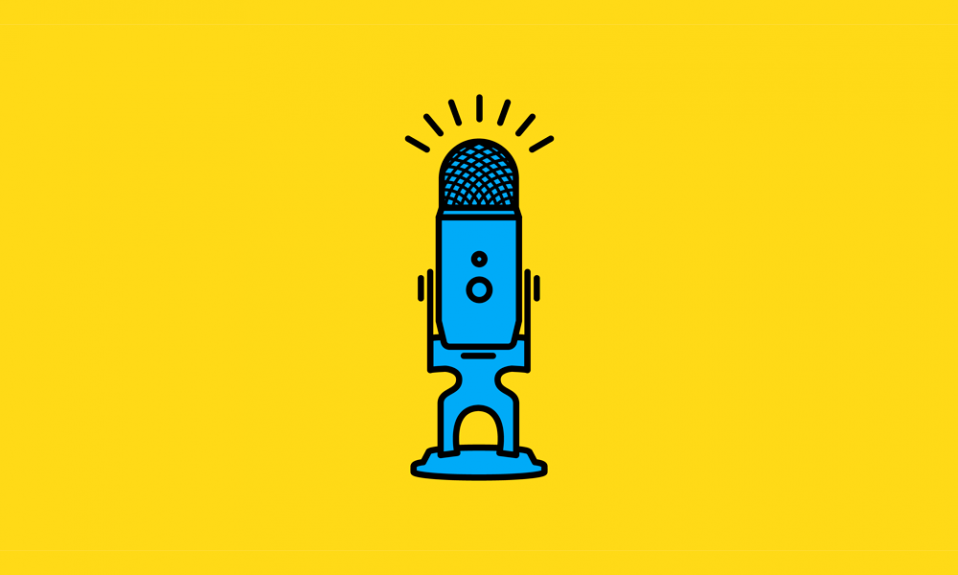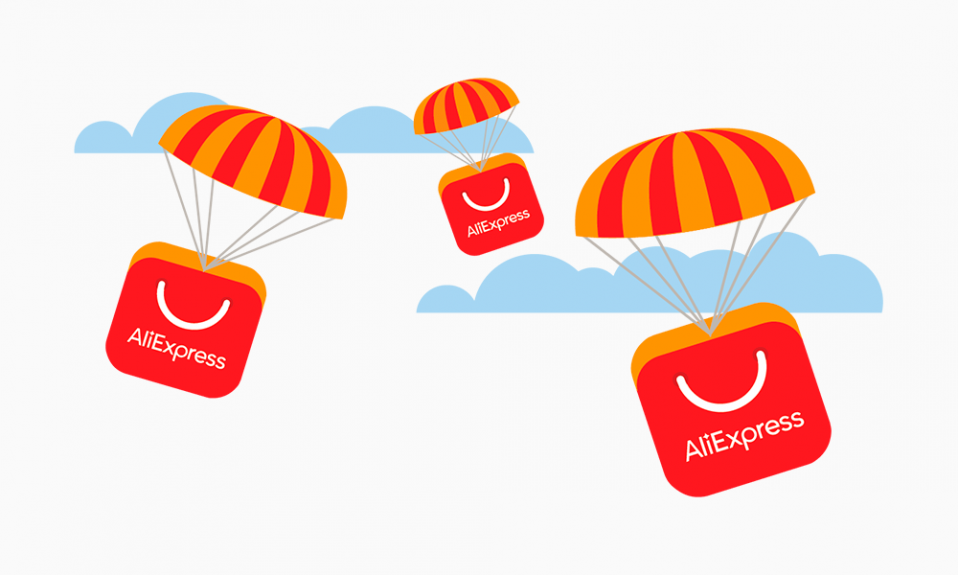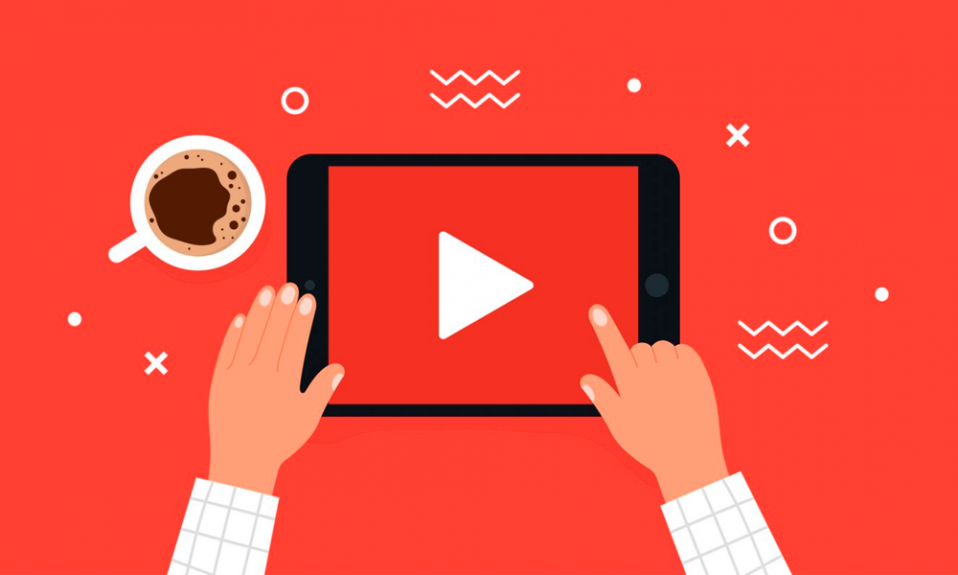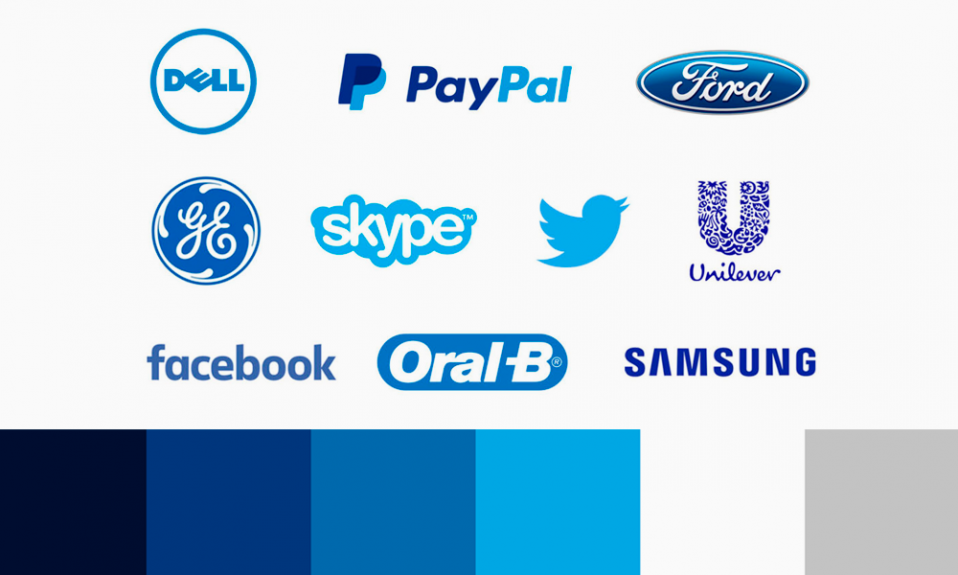The number of podcast listeners continues to rise tremendously. According to Edison Research, the number of Americans listening to podcasts every week increased 175% over the last five years, with roughly 90 million listening to a podcast each month.
As a business owner, learning to start a podcast is something you should consider to help you reach this growing audience and expand your business through content marketing.
Create your own logo with Turbologo logo maker. It takes less than 5 minutes and no design skills needed.
Go to Logo MakerIt doesn’t take a lot of technical knowledge to start a podcast. This guide will provide a step-by-step guide that will show you how to start audio podcasting. It will also explain why you should make a podcast. This guide will cover all aspects of podcasting, from the technical to the abstract.
Table of Contents
How to start your podcast
You need the following to start a podcast:
- Create a concept. This will include a topic, name and format. Also, the target length of each episode.
- To “brand” your podcast, create artwork and write a description.
- Edit your audio files (such MP3s) and record them. It is a good idea to have a microphone (more about podcast equipment later).
- You should find a host for your files, such as a host that specializes on podcasts like Libsyn and Podbean.
- These audio files can be syndicated into an RSS feed to allow them to be distributed via Apple Podcasts, downloaded or streamed on any device.
This guide will provide more information later.
Podcasting: How it works
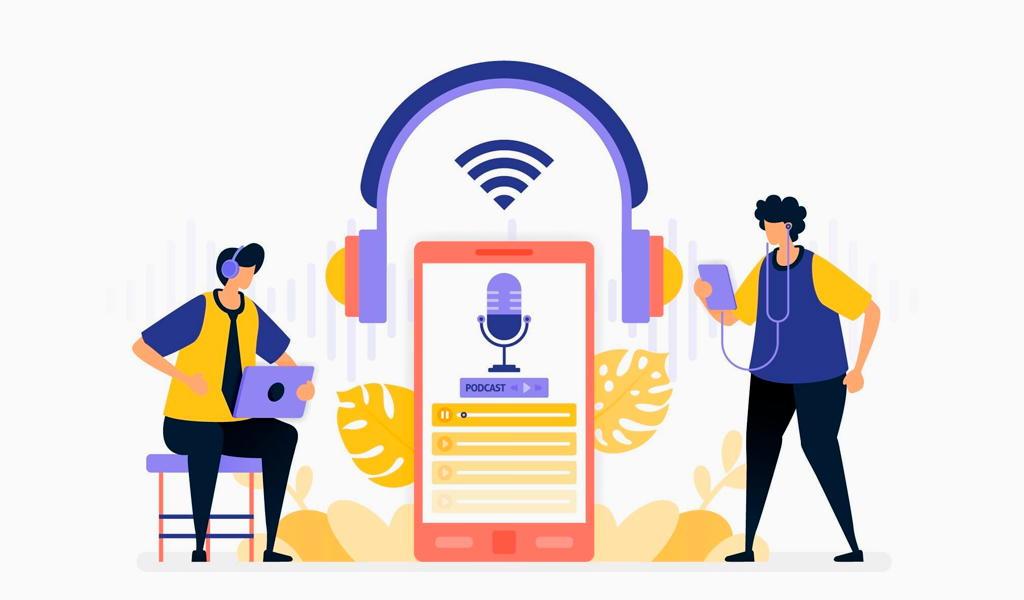
You can listen to podcasts in one of two ways.
The first is by simply streaming or downloading the podcast from the RSS feed, either in a feed reader like Feedly or on the blog/podcast website where the podcast is hosted or embedded. Here’s an example of an embedded Shopify Masters podcast that’s hosted on Simplecast.
The other is by using a player, such as Apple Podcasts or Pocket Casts. Subscribers to the RSS feed can access the player and view any episode on their device (e.g., a tablet or smartphone). These podcast players are also known as “podcatchers”. They sync the RSS feed data to provide a list of episodes, show information (such as episode name and show notes), artwork and a link (usually an MP3) to the show file.
Get started with your podcast
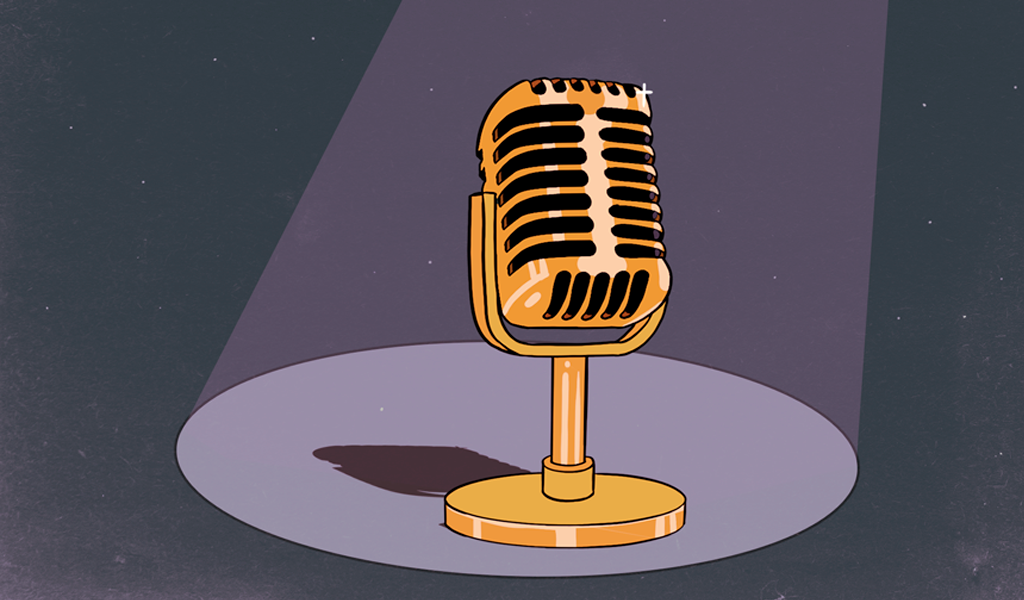
The first step in starting a podcast is to identify the theme or premise. The premise should be the focus of each episode. This theme may be obvious to some. Some people will be able to see the theme immediately, while others, particularly in niches and industries that are unique, may need to think outside of the box.
If you are a sunglasses seller, it might be difficult to create a podcast about sunglasses. If your customers are international travelers, perhaps a podcast about traveling is the best topic.
It will also depend on what your passions are. Sometimes, if you are lucky, you will be both.
Before you commit to a particular theme, make sure there is enough material for you to discuss. You should try to come up with at least 10 episodes. Then look for similar podcast recommendations on Apple Podcasts and examine their popularity, such as a number of reviews and number of followers on social media. It’s a good thing to have competition! It will tell you if the theme is viable.
Next is the podcast format. How will you structure your podcast? Here are some suggestions:
- Interview style
- Solo
- Multiple hosts
- Narrative/storytelling
- Hybrid (a combination of all the above)
How long will each episode be? A consistent length episode is a good idea so that your listeners are familiar with what to expect. Your podcast should be 20 minutes long each episode. If they are familiar with this, they will find it easy to schedule their listening using a daily commute.
7 Strategies to Create a Show That Thrives
What are the steps you can take to ensure your podcast achieves what you want?
1. Make a podcast that is successful

First, success can mean many things to many people.
Some people are focused on the huge download numbers. Others envision making a living with their podcasts. Podcasters often see their success in generating sales inquiries through their podcasts. Others simply need a creative outlet to share their stories.
To make your podcast a success, first ask yourself: “What is success to me?”
2. Give a reason

Podcasting is not always easy.
Life can get in the way, hardware and software can break, files can vanish, and there’s really no shortage of things that’ll test your patience in the long run.
You need a strong reason to continue podcasting even if things go wrong. It should be big enough to not be eclipsed by the rest.
This is how you define success. However, the question of “Why am I doing it?” is more important than the destination.
3. Play the Long Game
One podcast tip that many aspiring podcasters don’t like to hear is that it can take years to build an audience.
You must be ready to show up regularly and consistently over the next few decades in order to have a podcast that is successful.
However, this doesn’t mean you shouldn’t set short-term goals. It is a smart idea to break down your major goals into smaller, more achievable goals. This will give you a feeling of progress.
You should enjoy running a podcast. You’ll have the best chance to keep it going and grow your audience if you enjoy it.
It doesn’t matter if you don’t like it. Nobody will listen to you. It won’t take long before you begin to miss episodes and then give up.
It’s time to rethink your podcast if you have just launched it and are already miserable. Check out why it might be time to quit your podcast for more help with this.
4. Make it Sustainable

Podcasting is a great way to have fun.
It’s easy to make big plans in the planning stages about how much time you will devote to your show each week. It is easy to make an episode template that you can use on a weekly basis.
To ensure that your podcast doesn’t become a chore, you must create a sustainable workflow.
5. Don’t get stuck on “The Launch”
I have already spoken extensively about the long-term benefits of a podcast. Many podcasters focus instead on the idea of a huge, explosive launch.
A second unpleasant truth about your podcast’s launch and its subsequent success is that nobody cares unless you are well-known before it goes live.
This should not be treated as a movie premiere or the launch of the iPhone 5. It’s about laying the foundations to build something that will grow in value with each month you spend on it.
There’s a good chance that you are still learning your way with editing, recording and presentation skills in those early days. You should accept the fact that very few people are listening to your podcast. You can start small and learn quickly, then let your audience develop naturally.
Podcasts can be modified over time. Don’t let the idea that some things aren’t perfected before you publish your first episode paralyze you.
6. Take control
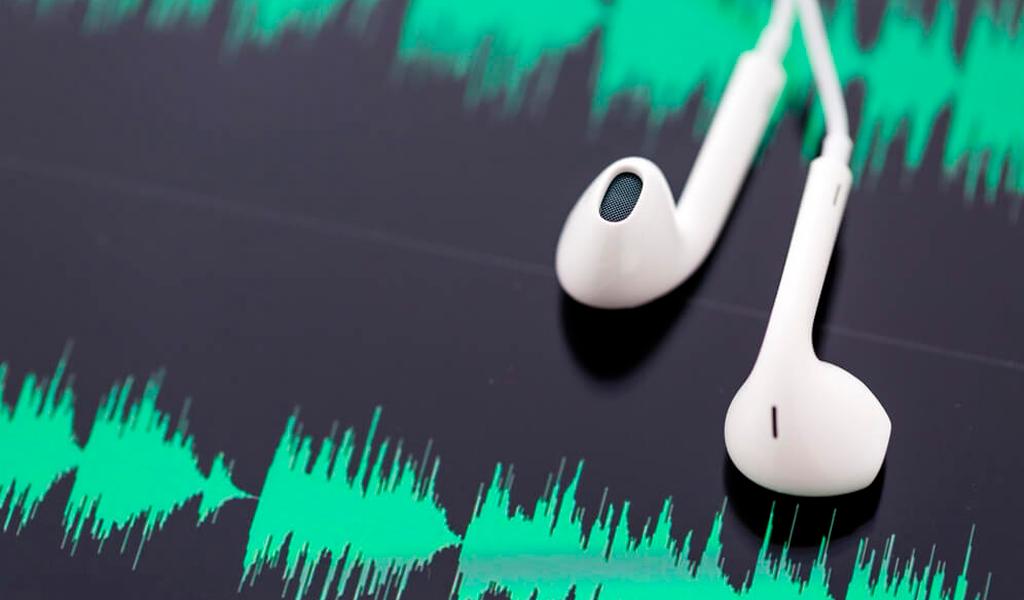
You’ll need to keep in touch with your audience regularly and get feedback. This is what makes a podcast thrive or fail.
You won’t have a large audience in the first episodes. These listeners are still evaluating whether to continue listening to your podcast.
One podcast tip that works well is to be clear and direct with listeners in the beginning. Tell them what the show is all about, how it works and what they can expect from listening.
It can be a mistake to ask for direction and feedback at the gate. This can lead to you and your show looking haphazard and lacking purpose.
If you’ve done your research in the planning stages, you know what your target audience wants. Design a show that will appeal to them.
In the beginning, you must set a goal. People who believe in it will be more likely to stick with you. They’ll become your core audience, and further down the line, you can begin to consult them on shaping the future of the show.
7. Don’t Rely on Audience Participation
Many podcasters make the common error of trying to reach a new audience.
If your episodes are built around answering listener questions or doing live shows, then I’d recommend going back to the planning stages.
It is up to you, and only you, to create your content in the beginning. Any other approach will only lead to disappointment and disillusionment.
How to make a podcast

Information about podcast listing
Cover art
Beautiful podcast covers are essential. This is an important aspect of podcasts. Apple Podcasts, in particular, seem to favor podcasts with beautiful artwork. You may need to invest some money in hiring a professional to design your cover art. You can use large words and images to make your cover art legible, regardless of whether you are hiring a professional or doing it yourself.
Look at the artwork on Apple Podcasts that you like and make your cover art. You can use Fiverr, or even better, hire a graphic designer at Upwork to make something stunning for your podcast. Your cover art should not exceed 1400×1400, but it should be at least 2048×2048.
Name of the podcast
Your podcast name should reflect you and your audience. Listeners should be able to tell what the podcast is about by the name. A descriptive name can be helpful. This is not necessary as most podcast platforms provide a “hook”, or a short description, along with the podcast’s name. This will optimize your podcast’s searchability across platforms like Apple Podcasts and Google Play. You can use this example as an example: “Grub Podcast: Healthy eating and how to cook better” or “Xtreme Interviews: Skateboarders such as Tony Hawk, Chad Muska, and Rick Howard.”
Category/subcategory
Apple Podcasts has dozens of subcategories and categories. These include everything from politics and arts to comedy and religion. Select the one that best suits you. You don’t have to choose the same topic. You can also look at similar podcasts on Apple Podcasts to help you decide.
Podcast description
Don’t skimp on your podcast description. It is important to include as many keywords relevant as possible. This will help you with search engine optimization (SEO). Apple Podcasts can be used as a search engine so that many people will be able to find your podcast by doing a simple search.
Famous co-hosts or collaborators
It’s a smart idea to list the names of any notable co-hosts and the most popular topics as your podcast grows. This will make it easy for new listeners to find the podcast episodes they like, and increase their likelihood of becoming long-term listeners.
What podcast software and equipment do you need?
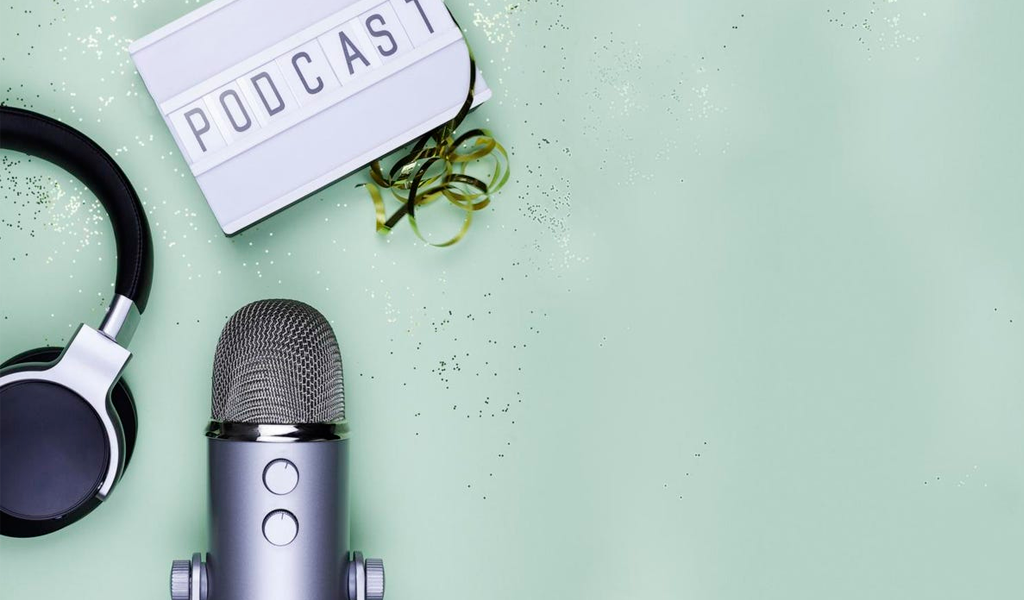
This section will cover the software and equipment you will need to create a podcast. This guide will show you how to create your first podcast starter kit.
- Can you start a podcast with just an iPhone?
- Microphones for iPhones
- Microphones for computers
- Audio recording software
- Call recording software
- Podcast recording equipment to improve quality
Is it possible to start a podcast using an iPhone?
The short answer is yes. iPhones are equipped with microphones so you can record audio. The audio might not sound as professional or clear as you would like.
There are many apps that can turn your iPhone into an audio recorder for podcasts. Podcast hosting services, such as Podbean and SoundCloud, also offer in-app podcast recording capabilities. These apps are also available for Android devices.
- Anchor (iOS and Android)
- Spreaker (iOS and Android)
- iRig Recorder (iOS and Android)
Start a podcast today
It is possible to start a podcast right away. Start with the podcast listing information. Next, start searching on Google Podcasts and Apple Podcasts for podcasts doing what you want. Record a brief episode today if you have an external microphone. Introduce yourself and your podcast idea. Before you dive in, practice speaking into the microphone for a while and then listening to yourself afterward. Although you don’t need to upload an episode that you recorded today, it is a good idea to practice and become familiar with the process.
Blog editor and content marketing specialist at Turbologo. Writing about Marketing and design. Victoria’s articles contain useful tips on how to build a brand and promote it online.

